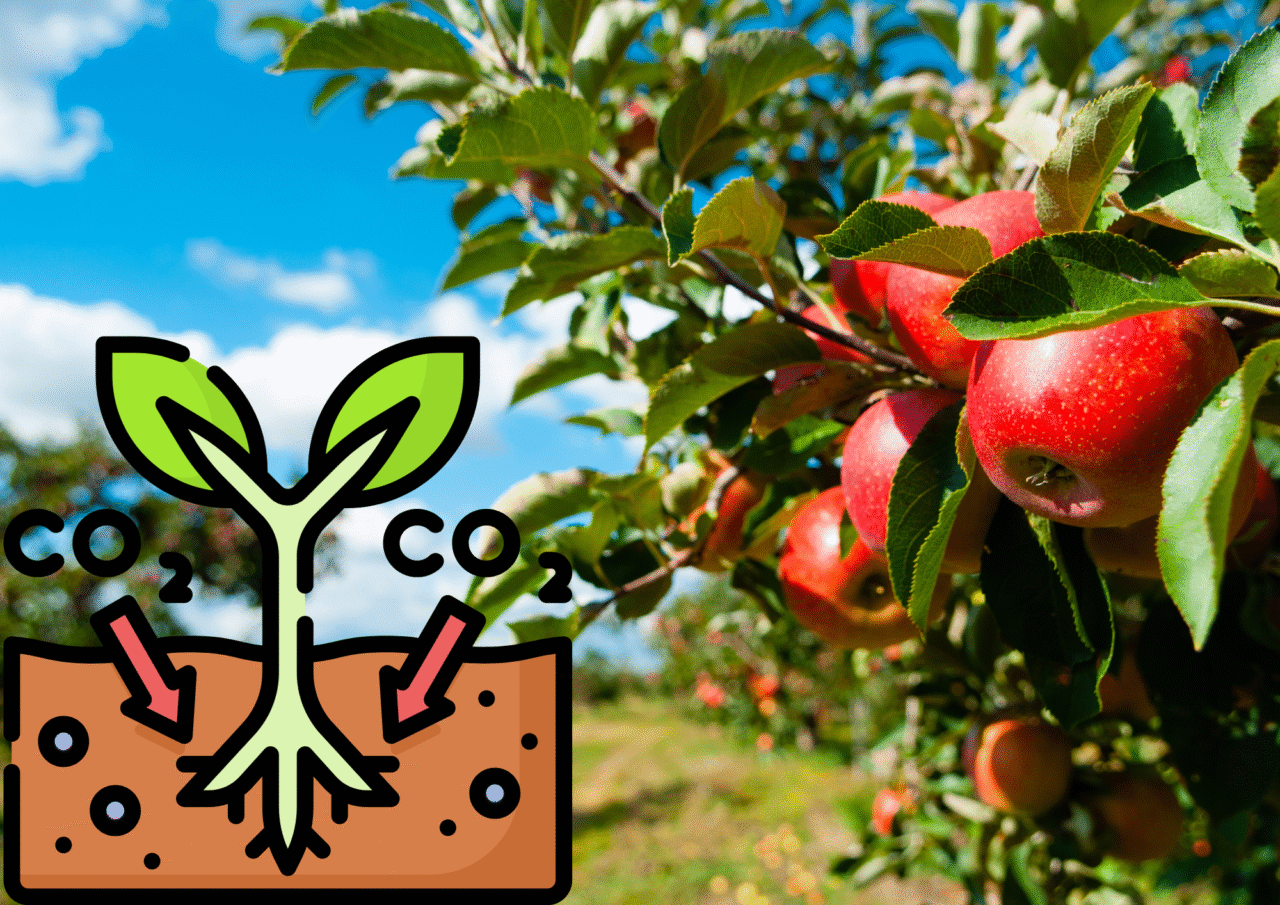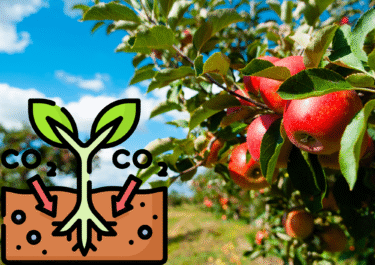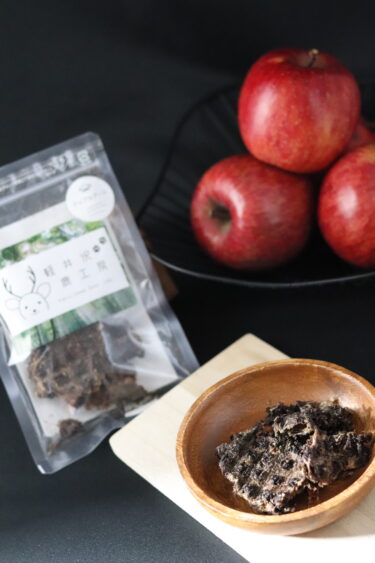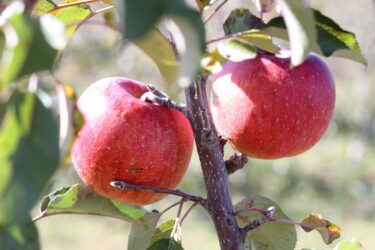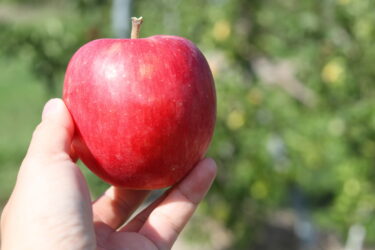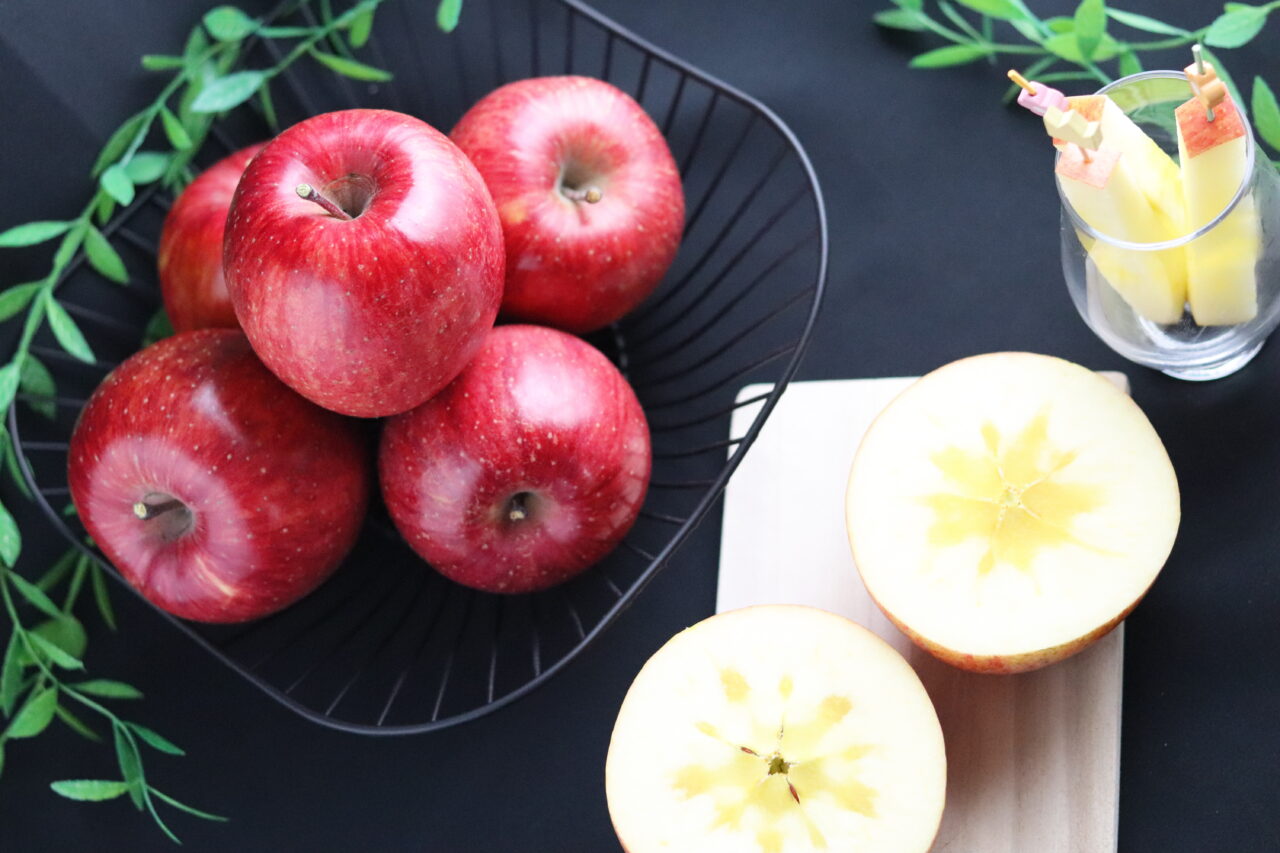1. はじめに:大果化と品質維持
果実の大玉化は贈答用として高い収益性を得るため重要だが、糖度など品質を損なわない成長促進が必要。
その手段として、ジベレリン(GA)、サイトカイニン、エチレン(エスレル)、ジャスモン酸などの植物ホルモンが用いられている。
そのため、果実成長メカニズムの理解が不可欠である 。
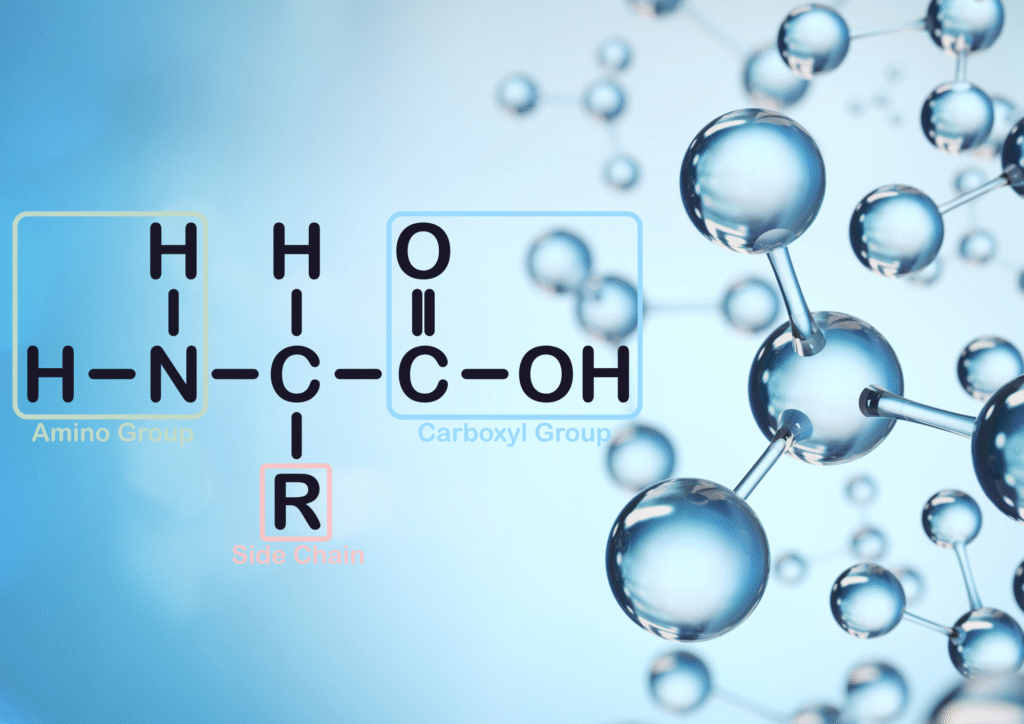
2. 果実成長の基本メカニズム
2.1 細胞分裂と細胞肥大
果実の大きさは細胞数と細胞サイズで決まり、細胞分裂は開花・受粉後に活発化し、その後停止し肥大期へ移行。
品種や果物によって分裂期間は異なる(例:ブドウ1–2週、ナシ6–7週など)。
倍数性(核内倍加)は一部(モモ、オウトウ)で細胞肥大に寄与するが、ナシ・リンゴでは見られない 。
2.2 成長曲線のタイプ
単一S字型:初期にゆるやか、中期に急速、成熟期前に鈍化(例:リンゴ、ナシ、スイカなど)。
二重S字型:第1期に肥大、第2期に停滞(種皮硬化など)、第3期に再び肥大(例:モモ、ブドウ、カキなど)。第2期の長短が成熟時期や果実サイズに影響 。
2.3 生理的落果
開花後1–2か月に早期落果、収穫前に後期落果が起こる。
初期落果は受粉不良や養分競合によるもので、後期落果は環境や栄養状況が要因。
オーキシン(IAA)やGAを処理することで、これらの落果を抑制できることが知られる 。
3. 果実成長と植物ホルモン
3.1 ホルモンの果実内動態
種子は果実の成長に必要なホルモンを生成し、果実肥大(細胞分裂・肥大)を制御。
LC‑QMSによる分析により、ヨーロッパナシでは多数のホルモン含量が明らかに。
開花後2週間まではオーキシン、ジベレリン、サイトカイニンが高く、初期成長に関与。
中期にはブラシノステロイドが増加。
収穫期・収穫後にはABAが急上昇、これは水ストレス応答と考えられる 。
他果種でもジベレリン(トマト、オレンジ)、サイトカイニン(モモ、キウイ)、オーキシン(メロン、ミカン)などが初期成長に重要な役割を果たす 。
3.2 ホルモン別の働きと利用技術
ジベレリン(GA)
GA1、GA3、GA4、GA7が活性型。
無核ブドウの肥大促進、熟期調整、花振るい防止などに広く利用。
ナシではGA4に効果があり、GA3は効果がない 。
ミカンの落果防止やトマトの空洞果防止にも使用 。
サイトカイニン
細胞分裂を促進し、細胞数の増大に寄与。
フルメット(CPPU)などの合成サイトカイニンがカキ、キウイ、ブドウで果実肥大促進に用いられている 。
GA3との併用処理で着粒促進と肥大効果が強化 。
オーキシン(IAA等)
イチゴなどでは種子からのオーキシン供給が果実肥大に不可欠。
4‑CPA(トマトトーン)などの合成オーキシンがトマトなどで着果促進に使われる。
オーキシンはGA合成遺伝子の発現を高めることで肥大を促進。
細胞壁再編成に関わる酵素遺伝子を誘導し、細胞肥大にも寄与 。
その他のホルモン
アブシジン酸(ABA):ブドウで肥大・糖含量・着色促進。
ジャスモン酸類(PDJ):リンゴ・ブドウの着色・成熟促進。
エチレン(エテホン):ナシやオウトウ、カキ、イチジクなどで成熟促進に効果 。
4. 今後の展望と新技術
植物ホルモンの定量技術、合成および情報伝達経路の分子レベルでの解明が進み、クロストーク(ホルモン間相互作用)のメカニズム理解も進展。
これに基づき、新たな成長調整剤の開発・実用化が期待されている 。
■まとめ
果実の大きさは、品種改良と細胞分裂・肥大に基づく自然・人為の選抜によるもので、ホルモンが細胞動態を調整。
成長曲線は単一S型と二重S型に大別され、成長期や成熟期がホルモンと関連。生理落果の抑制にもまたホルモン処理が有効。
最も利用されるホルモンのうち、GAは肥大・落果・着粒・熟期調整、サイトカイニンは細胞分裂増大、オーキシンは細胞壁構造と相互調節、他のホルモンも成熟・着色などで活用。
最新分析技術により、ホルモンの動態や作用の詳細が解明されつつあり、新しい作物生産技術へ大きな可能性が開かれている。
参考論文
https://japr.or.jp/wp-content/uploads/2024/07/shokucho_50-11_04.pdf
1. Introduction: Fruit Enlargement and Quality Maintenance
Enlarging fruit size is crucial for achieving high profitability in the gift market. However, it is essential to promote growth without compromising quality factors such as sugar content. For this purpose, plant hormones such as gibberellins (GA), cytokinins, ethylene (ethephon), and jasmonic acid are utilized. A fundamental understanding of the fruit growth mechanisms is therefore indispensable.
2. Basic Mechanisms of Fruit Growth
2.1 Cell Division and Cell Enlargement
Fruit size is determined by both the number and size of cells. After flowering and pollination, cell division becomes active, then ceases, followed by a period of cell enlargement.
The duration of cell division varies by fruit type (e.g., 1–2 weeks for grapes, 6–7 weeks for pears).
Polyploidy (nuclear duplication) contributes to cell enlargement in some fruits (e.g., peach, sweet cherry) but is not observed in pear and apple.
2.2 Types of Growth Curves
- Single Sigmoid Curve: Characterized by slow initial growth, rapid mid-phase growth, and deceleration before maturity (e.g., apple, pear, watermelon).
- Double Sigmoid Curve: Features three phases—initial enlargement, a lag phase (e.g., seed coat hardening), and a second enlargement phase (e.g., peach, grape, persimmon). The duration of the second phase influences both maturity timing and fruit size.
2.3 Physiological Fruit Drop
Fruit drop occurs early (1–2 months after flowering) and late (just before harvest).
Early drop results from poor pollination or competition for nutrients; late drop is caused by environmental and nutritional factors.
Application of auxins (IAA) and GA can suppress both types of fruit drop.
3. Fruit Growth and Plant Hormones
3.1 Hormone Dynamics within Fruit
Seeds produce hormones essential for fruit development, regulating both cell division and enlargement.
Analysis using LC-QMS has revealed the hormone profiles in European pear.
- In the first two weeks after flowering, levels of auxins, gibberellins, and cytokinins are high, contributing to early growth.
- Brassinosteroids increase during the mid-phase.
- Abscisic acid (ABA) spikes at harvest and postharvest, likely in response to water stress.
In other fruit species as well, gibberellins (e.g., tomato, orange), cytokinins (e.g., peach, kiwifruit), and auxins (e.g., melon, mandarin) play crucial roles in early fruit development.
3.2 Roles and Applications of Individual Hormones
Gibberellins (GA)
Active forms include GA1, GA3, GA4, and GA7.
Widely used to promote enlargement in seedless grapes, regulate ripening, and prevent flower drop.
In pears, GA4 is effective, whereas GA3 is not.
Also used to prevent fruit drop in citrus and hollow fruit in tomato.
Cytokinins
Promote cell division, increasing cell number.
Synthetic cytokinins like CPPU (Forchlorfenuron) are used to promote fruit enlargement in persimmon, kiwifruit, and grape.
Co-application with GA3 enhances fruit set and enlargement.
Auxins (e.g., IAA)
In strawberries, auxins from seeds are essential for fruit enlargement.
Synthetic auxins like 4‑CPA (Tomatotone) are used to promote fruit set in tomatoes.
Auxins stimulate the expression of GA biosynthesis genes, enhancing enlargement, and also induce cell wall remodeling enzyme genes, contributing to cell expansion.
Other Hormones
- Abscisic Acid (ABA): Promotes enlargement, sugar accumulation, and coloring in grapes.
- Jasmonic Acid Derivatives (e.g., PDJ): Promote coloration and maturation in apple and grape.
- Ethylene (e.g., ethephon): Promotes maturation in pear, sweet cherry, persimmon, fig, and others.
4. Future Prospects and New Technologies
Advances in techniques for hormone quantification, synthesis, and elucidation of signal transduction pathways at the molecular level have accelerated understanding of hormone crosstalk (interactions between hormones).
These developments are expected to lead to the creation and practical application of new growth regulators.
■ Summary
Fruit size is influenced by both breeding and the regulation of cell division and enlargement through natural and artificial selection, with plant hormones playing a central role in adjusting cell activity.
Growth curves are broadly categorized as single or double sigmoid, with hormone action closely related to growth and maturation stages.
Hormonal treatments are also effective in suppressing physiological fruit drop.
Among the most widely used hormones:
- GA supports enlargement, fruit set, drop prevention, and ripening control.
- Cytokinins enhance cell division.
- Auxins regulate cell wall structure and coordinate with other hormones.
- Other hormones assist with ripening, coloration, and sugar accumulation.
Thanks to modern analytical techniques, the dynamics and mechanisms of hormone action are being increasingly understood, opening new possibilities for innovative crop production technologies.

